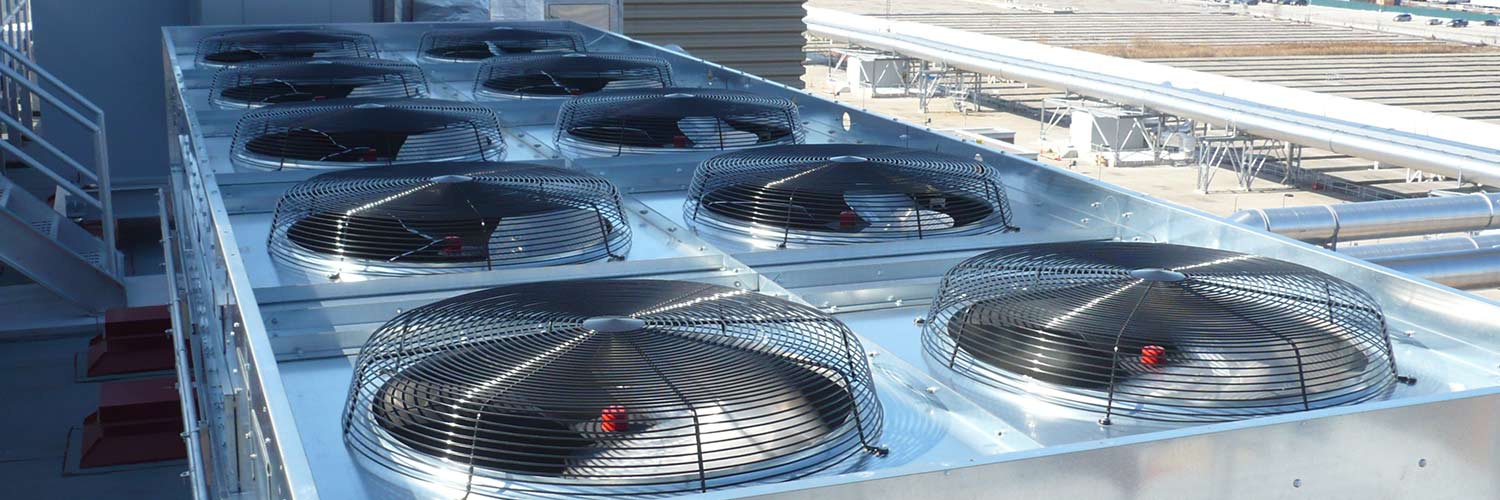Unraveling the Legacy of Vernacular Architecture
Understanding Vernacular Architecture
Vernacular architecture embodies the essence of a region’s culture, history, and environment. It reflects the indigenous wisdom and craftsmanship of local communities, showcasing their unique identities through built structures. From traditional cottages to ancient temples, vernacular architecture tells the story of human adaptation to diverse landscapes and climates.
Historical Significance
Delving into the origins of vernacular architecture reveals its deep-rooted historical significance. Over centuries, communities across the globe have developed distinct architectural styles suited to their geographical surroundings and cultural practices. These structures not only served as functional dwellings but also acted as symbols of communal identity and societal values.
Cultural Diversity
One of the most fascinating aspects of vernacular architecture is its cultural diversity. From the mud-brick houses of Africa to the wooden longhouses of Southeast Asia, each region boasts its own architectural vernacular. These diverse building traditions are a testament to the creativity and ingenuity of human societies, adapting to their environments while preserving their cultural heritage.
Environmental Adaptation
Vernacular architecture exemplifies a harmonious relationship between human settlements and the natural environment. Built using locally-sourced materials and traditional construction techniques, vernacular structures are designed to withstand the challenges of climate and terrain. From thick adobe walls in arid regions to stilted houses in flood-prone areas, vernacular architecture demonstrates an innate understanding of environmental sustainability.
Community Collaboration
The construction of vernacular architecture often involves close collaboration within communities. Skills and knowledge are passed down through generations, with each member contributing to the building process. This communal approach not only fosters a sense of belonging but also strengthens social bonds, reinforcing the collective identity of the community.
Adaptive Design
One of the hallmarks of vernacular architecture is its adaptive design principles. Structures are often built using flexible layouts and modular components, allowing for easy modification and expansion over time. This adaptive approach ensures that vernacular buildings remain functional and relevant, evolving alongside the needs of the community.
Preservation Challenges
Despite its cultural and historical significance, vernacular architecture faces numerous preservation challenges in the modern world. Rapid urbanization, economic development, and changing lifestyles threaten to erode traditional building practices and architectural heritage. Efforts to preserve and promote vernacular architecture are essential to safeguarding cultural diversity and environmental sustainability.
Contemporary Relevance
In recent years, there has been a growing recognition of the value of vernacular architecture in sustainable development and cultural preservation. Architects, designers, and policymakers are increasingly incorporating vernacular principles into contemporary projects, seeking inspiration from traditional building techniques and indigenous knowledge. By embracing vernacular architecture, societies can create more resilient, culturally-rich, and environmentally-friendly built environments.
Celebrating Vernacular Heritage
As we continue to explore the essence of vernacular architecture, it is essential to celebrate and preserve its rich heritage. Through education, advocacy, and collaborative efforts, we can ensure that vernacular traditions endure for future generations to appreciate and cherish. By honoring the wisdom of our ancestors and embracing the lessons of the past, we can create a more harmonious and sustainable future for all. Read more about vernacular architecture





